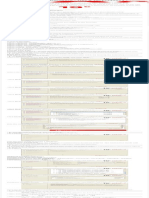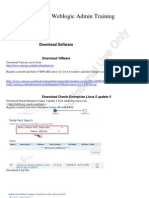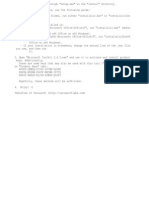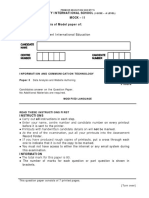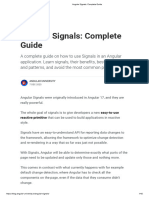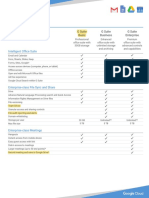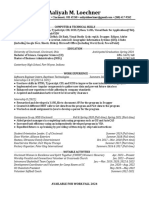0% found this document useful (0 votes)
22 views46 pagesInstallation of Linux and Oracle DB
This document provides a step-by-step guide for installing a virtual machine and Oracle Database Enterprise Edition using VirtualBox. It includes instructions for setting up the virtual machine, installing the operating system, and configuring the Oracle database environment. The guide concludes with commands to verify the database installation and start the SQLPlus interface.
Uploaded by
Rishi KumarCopyright
© © All Rights Reserved
We take content rights seriously. If you suspect this is your content, claim it here.
Available Formats
Download as PDF, TXT or read online on Scribd
0% found this document useful (0 votes)
22 views46 pagesInstallation of Linux and Oracle DB
This document provides a step-by-step guide for installing a virtual machine and Oracle Database Enterprise Edition using VirtualBox. It includes instructions for setting up the virtual machine, installing the operating system, and configuring the Oracle database environment. The guide concludes with commands to verify the database installation and start the SQLPlus interface.
Uploaded by
Rishi KumarCopyright
© © All Rights Reserved
We take content rights seriously. If you suspect this is your content, claim it here.
Available Formats
Download as PDF, TXT or read online on Scribd
/ 46


















